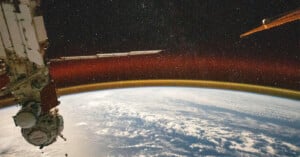
The ISS Captures Earth Glowing Golden in Magnificent Photo
Photographers are often inspired to shoot during the "golden hour", but the International Space Station (ISS) has just snapped a photo that takes "golden" to a whole new level.

Photographers are often inspired to shoot during the "golden hour", but the International Space Station (ISS) has just snapped a photo that takes "golden" to a whole new level.
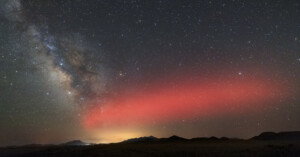
A photographer captured a SpaceX rocket leaving behind an aurora-like red glow after it punched a hole in the ionosphere.
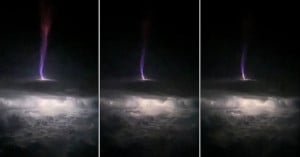
Thanks to new 3D radio and optical mapping, scientists have published more information on a phenomenon called a "gigantic jet," which is a massive electrical discharge that exits the top of a thunderstorm and connects with the lower edge of space.

Sigma UK recently teamed up with the company Sent Into Space to... well... send a couple of their cameras to space. The group tied a pair of Sigma fp's to two weather balloons and sent them each to an altitude of ~100,000 feet so they could capture some stunning photos and 4K RAW video of Earth from the upper atmosphere.
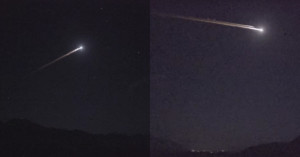
What's the biggest surprise you've gotten while you were out shooting? For astrophotographer Ian Norman, Wednesday night's massive 'fireball' that streaked across the sky while he was out taking Milky Way pictures tops the list. (Warning: Strong language.)
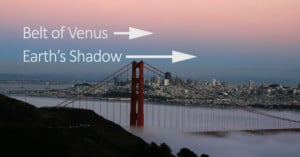
I never get tired of seeing our closest star set below the horizon, and seeing how the landscape changes as the warm light gets fainter by the minute. Every sunset has its personality depending each location, weather and season. One beautiful thing about a sunset is what happens right after the Sun has set. If turn around, you can slowly see the Earth shadow rising from the horizon.
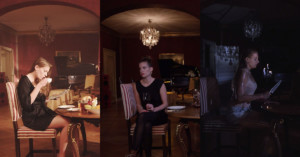
Dedolight celebrated its 30th anniversary this year by holding an international competition in which competitors create the best tutorials they can for passing on their lighting knowledge.
The video above is the entry by the Freiburg, Germany-based film production company Dugly Habits. It's a creative 15-minute tutorial in which the instructor steps into a room and shows how you can create three drastically different environments in it by changing how its lit.
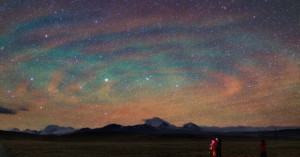
When you think of colorful ripples of 'stuff' in the sky, the first thing that probably comes to mind is the Aurora Borealis, or Northern Lights. But while we'll never get sick of seeing those polar spirits dance, the phenomenon above gives Aurora photography a run for its money.
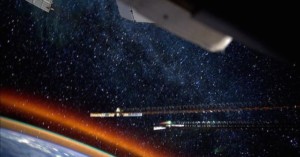
It's one thing to visualize different layers of gasses in the Earth's atmosphere and see drawings and models in a book or online... it's another thing entirely to capture it on camera. But of course, that's one of the perks of being an astronaut on the International Space Station, you get to do a whole lot of things that are "another thing entirely."
The photograph above was taken by astronaut Reid Wiseman and uploaded to his Twitter feed early this morning. It's a 3-second exposure, and we know this because he captioned the photo "3 second shutter exposure at night shows how crazy our #atmosphere really is."
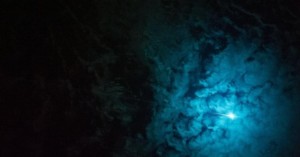
This gorgeous photo, taken from the International Space Station, looks a bit like …
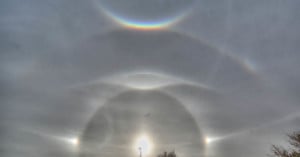
A blacked-out New York City wasn't the only rare photo op that Hurricane Sandy left in her wake. NASA solar physicist David Hathaway captured the above photo in Huntsville, Alabama two days ago after seeing the strange rings surrounding the afternoon sun.